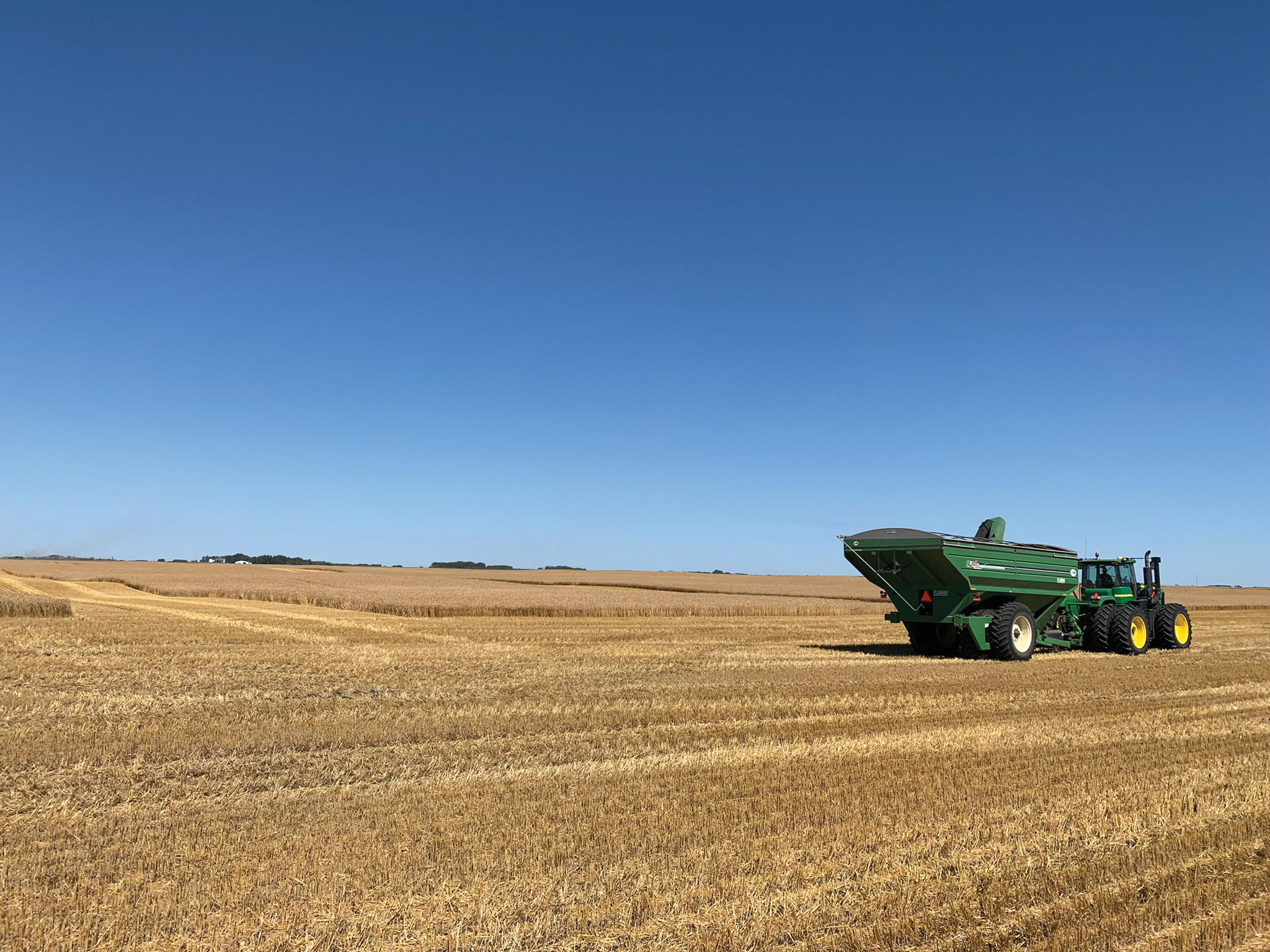Disease generally does better in warm, moist conditions. But, just because it’s hot and dry, doesn’t mean there is no disease. Here’s what the experts say about how to look for and manage cereal diseases in dry conditions.
The Prairies continue to be dogged by a prolonged period of dry, warm temperatures. But even in dry conditions, farmers will have to use all available tools at their disposal to look for and manage diseases, which can pop up seemingly overnight.
Kelly Turkington is a research scientist who specializes in cereal diseases on the Prairies. Over his 30-plus years in the field, he’s seen just about everything, and the one place he always encourages farmers to look is where they can’t see, namely under the canopy.
“Take note of what’s there, but don’t assume that because you’re not seeing a lot of symptoms that you don’t have a problem,” he says.
Turkington advises farmers to check the crop as it comes into stem elongation and flag leaf emergence, inspecting the third leaf from the head. If there’s no sign of disease there or lower down, you have minimal risk. However, if one to two per cent of the area of those third leaves have symptoms, along with higher disease levels in the lower canopy, you are at risk for leaf disease.
Read full article

